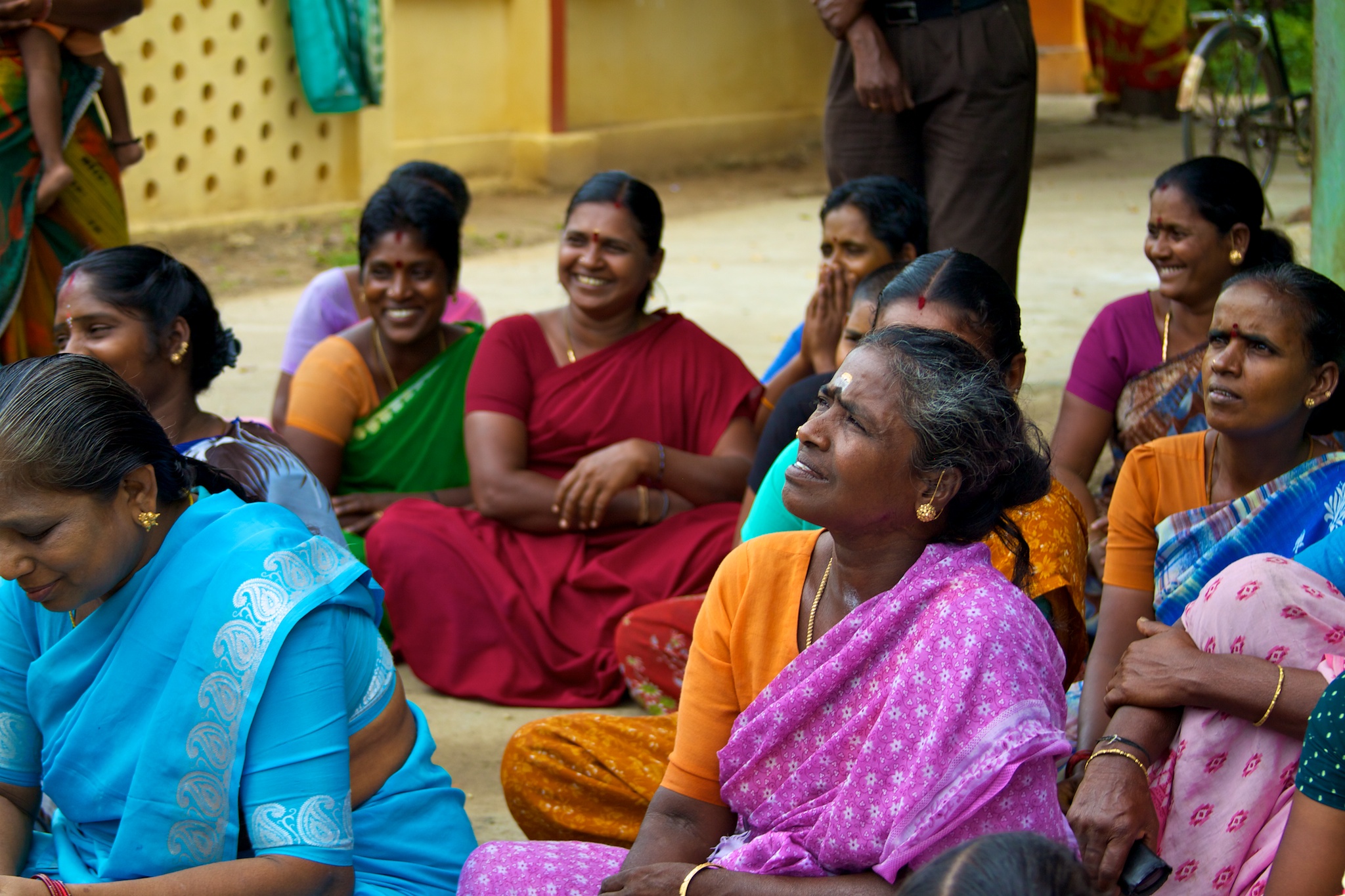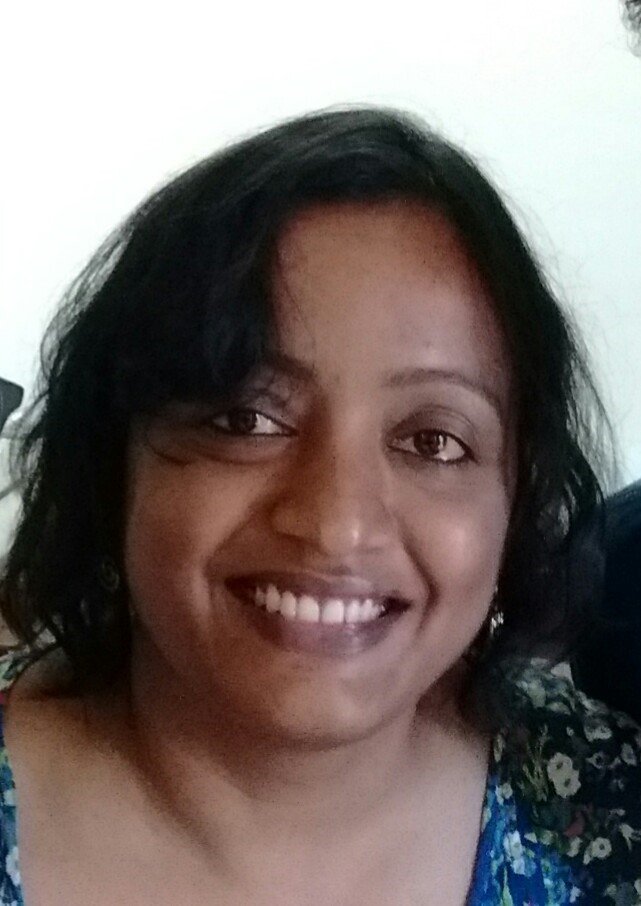‘Participation’ is a buzz word used by almost all development agencies, be it government departments or nonprofit organisations. ‘Participation’ is defined as direct citizen engagement in the processes of governance. It includes the creation of new decentralised institutions, and several participatory and consultative processes in national and global policy deliberations. This is to support the involvement of the poorest social groups, those who do not usually have sufficient resources (economic, educational, and political) to influence the outcomes of traditional policy processes*.
Under the rhetoric of participation, in reality, marginalised people often remain mere beneficiaries of the programmes in the form of receivers of goods and services, without much control over the decision-making process. This happens almost unknowingly, and by the time it is noticed, it is too late to correct the approach, because the local elite have captured the new space for participation and it becomes difficult to undo that. Until and unless there is targeted direct engagement with these most marginalised sections, to help them claim their space in society, this slip will be almost automatic.
This article shares insights and lessons from PRADAN’s engagement with Self Help Groups (SHGs), given its belief that marginalised groups of people should participate and take charge of their lives and livelihoods, rather than letting others decide for them. PRADAN’s work involves mobilising women to form small SHGs, in order to strengthen the sense of solidarity, facilitate access to different government programmes, reach out on a larger scale, and assist these women in shaping their own destiny.
SHGs and the National Rural Livelihood Mission
We collaborated with the government to implement the National Rural Livelihood Mission (NRLM), a programme of Ministry of Rural Development. The objective of this programme was to create new opportunities for the members of the primary groups (SHGs) and to enhance their autonomy and ability so that they can exercise choice to access those opportunities.
We saw NRLM as an opportunity to help the women in SHGs, to articulate, as a group, what they wanted.
We saw NRLM as an opportunity to help the women in SHG, to articulate, as a group, what they wanted. If what they wanted was not available or accessible in the given context, they could demand for access to government funds and bank loans to create more livelihood options. This may be looked at from the framework of citizenship too, which is defined as people participating in the development process to make and shape their own destiny*.
In 2017, I visited some of the SHGs nurtured by PRADAN under the NRLM programme in Jharkhand. Here, the institutional arrangement of NRLM at the block Level is very complicated. Besides SHGs, there are another three to four associative tiers arranged in a pyramidal order—the SHG, the Village Organisation (VO), the Cluster-level Federation (CLF), and the Block-level Federation (BLF). Two to three representatives from the immediate lower tier become members of the higher tier. Financial activities, including lending, are carried out at every tier, and there are accountants and other staff at every level. There are four sub-committees at the VO level, and every member of a VO is a member of one of the sub-committees. VO members are supposed to train SHG members with the help of Community Service Providers (CSPs)[1].
Related article: Power to the people—the journey of Panchayati Raj Institutions
On my visit, members[2] of one SHGs said that they had received loans from the VO. When I asked why they had taken loans from the VO, the members replied that they did it because either a VO member or a CSP insisted they do so. It was surprising that the group had borrowed from outside when its bank passbook showed that it had its own funds, which could have been distributed as a loan.
More astonishing was the fact that nobody in the group knew about the existence of the sub-committees. I found some pages in a cover-file where the trial balance of the group was written, but none of the members could explain what that was. The SHG’s accountant said that two auditors from the VO had come almost six months ago and had audited the financial status. And, when we asked about their funds, they were unable to tell us about the total savings, the outstanding loans, and so on.
The participation of the SHG members remained limited to being receivers of services; without even understanding why they needed them.
I observed a similar pattern in the other SHGs in two nearby districts, although there were some exceptions. By and large, it looked like services were being supplied by the higher tiers to SHGs in the form of loans, trainings, and audits. The participation of the SHG members in the NRLM programme remained limited to being receivers of those services; sometimes, without even understanding why they needed them.
Our purpose of engaging professional staff with a marginalised community, especially women, was to facilitate a process in which they would take charge of their own lives, and occupy space as equal citizens in society. This demands direct involvement of PRADAN professionals with the most marginalised section of society. However, in reality, in NRLM projects, PRADAN professionals only have time to attend some of the meetings of the BLF, the CLF, and the VO. They don’t even have time to attend all the VO meetings, let alone SHG meetings. Whereas attending some of the VO meetings, conducting trainings, and managing programmes are major forms of engagement in the NRLM programme.
So, what was really going on?
A hierarchical pyramid-like arrangement of the associative tiers had been developed. Goods and services, for instance, conceptualised as newer opportunities, were flown through this structure. The leaders of the associative tiers took the responsibility of making these goods and services accessible to the members of the primary SHGs. In order to do this, they would follow an approach of ‘making things happen’. In other words, even if a SHG member did not need a loan, she had to take it so that the target for the VO could be achieved; this, in turn, would help the local NRLM body’s target to be met.
SHG members knew that the auditors came every six months and did something, but they did not understand what; they also knew that a loan they did not need came to their group from the VO. In a sense, in this whole arrangement, the SHGs and its members took a stance of passive observers and silent receivers, although they were supposed to be makers and shapers of their society.
The local elite, and beneficiaries of beneficiaries
There is another angle to this story.
The associative tiers are formed with representatives from SHGs. Usually, the more vocal and articulate members are selected. Presumably, they already enjoy more power in the group because of their social, political, and/or economic status. When these already powerful women meet at the VO, CLF, or BLF, those forums actually become a coalition of the so-called ‘elite section’ of that area. These local elite groups of women attend training programmes imparted by the government staff or other civil society organisations, and get the chance to frequently interact with them.
As a result, they become more capable and skilled, and become part of an active network of people and organisations that matter. This reinforces the fact that they are the powerful and elite lot in the locality.
The representatives also understand that they are different from the rest of the SHG members, in terms of perspective, knowledge, skill, and above all, their newly developed network with PRADAN and the government. This understanding gives them an immense sense of power**. They gradually start believing that they need to decide what is to be done for the benefit of others in the SHGs. In their minds also, the rest of the SHG members become beneficiaries.
If marginalised people are to really participate in shaping their destiny, they must be able to decide on the issues that affect them. The VOs, and other associative tiers, should instead become the forum for creating a larger movement on those issues.
In reality, things are the other way around. The four sub-committees at each VO discuss the issues related to the respective thematic areas. Whatever they decide is then implemented for the benefit of SHG members. This is a top-down approach in the institutional arrangement of NRLM. Through NRLM interventions, SHG members have remained marginalised, have become more distant from the government, and have become passive receivers of goods and services.
Before these interventions, power was more diffused; there was no such network of the ‘vocal’ and the ‘powerful’ SHG members, and that network was not linked with the government or other organisations. These powerful women are also part of their respective SHGs, but the creation of several associative tiers above the SHGs facilitated the forming of a sharper, layered society of the powerful and the powerless women in rural India.
Related article: Financial inclusion – The key to closing India’s gender gap
Can this situation be altered?
Probably, yes. There are two possible ways.
Disrupting the established structure will create opposition from both, the elite groups and the government.
One possibility is to recreate the space for participation of the marginalised within the pyramid structure. However, this seems almost impossible because the elite have already captured the space. In the example of the NRLM, both these elite groups and the NRLM body (government) have developed a kind of comfortable relationship with each other, thereby helping both to serve their respective interests. Any possibility, therefore, of disrupting this already established structure and arrangement will create opposition from both parties.
The other possibility is that the existing system may be left to conduct activities as they are. PRADAN could work with small groups of marginalised people, which may or may not be of the same area as NRLM groups, and help them understand why they are the way they are. They could also help them articulate what they want, identify issues, and act to shape their lives.
In larger groups, there are more possibilities that the elite member will capture the space in NRLM-promoted institutions, the way it has been captured by them now. Discussions in smaller groups will trigger more possibilities for each member to communicate about her life, and what she wants. Values such as inclusion, distributive leadership, consensual decision-making, and giving priority to the most marginalised are easier to facilitate and practice in smaller groups.
Once the members inculcate these values, it becomes easier to practice and voice them in other forums and programmes like NRLM.
‘Participation’ in a programme such as NRLM, therefore, does not necessarily lead to any fundamental change in the social relation. On the contrary, it reinforces the existing hierarchy. Participation in those programmes may become more meaningful—in the sense that marginalised people will take charge of their lives—only when they have understood the reason for their current situation, and have gone through a process of identifying issues and acting on them, thereby learning and becoming more confident.
—
[1]CSPs are local people trained by PRADAN. They provide services such as auditing SHG accounts, diagnosing and prescribing remedies for pest, and disease attacks on crops. CSPs are either hired by other associative tiers, or they may work independently.
[2]When I talk about SHG members, I speak with special reference to those who are not members of the associative tiers.
*from John Gaventa’s “Towards participatory governance: assessing the transformative possibilities”.
**from Uma Kothari’s “Power, knowledge and social control in participatory development”.
Disclaimer: The views expressed in this article are personal, and not representative of the views held by PRADAN.






